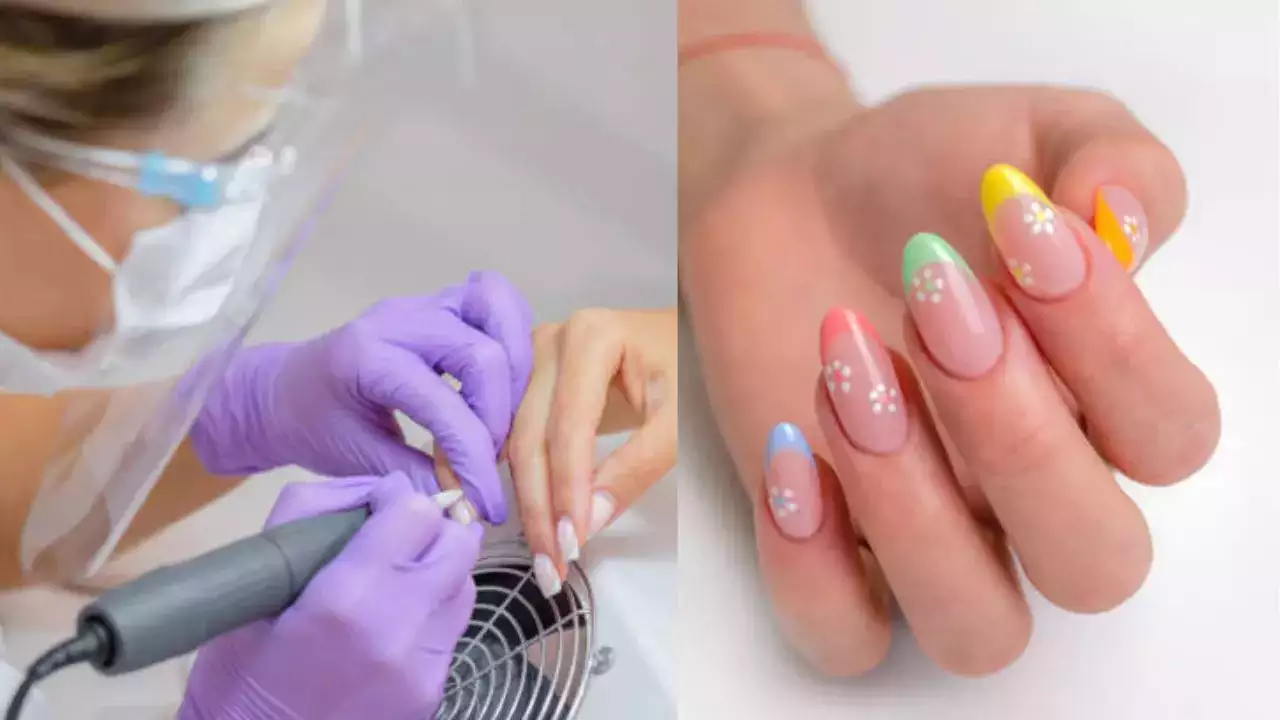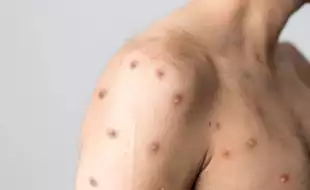News
Russian Manicures Can Make Your Hands Look Wow, But Cause Dangerous Infection, Chronic Inflammation; Know How

Russian manicures involve the complete removal of the cuticle
While getting a manicure can upgrade you sartorially, experts say it may be a controversial proposition, especially when it is associated with your health and well-being. Russian manicure is a hugely popular beauty treatment known for its no-soak cuticle removal technique, giving you clean-looking and picture-perfect nails.
However, according to experts, the procedure has also generated negative buzz on social media from dermatologists who say this treatment comes with dangerous side effects and health risks.
What is a Russian manicure?
A Russian manicure, which originally originated in Eastern Europe, uses a completely different method of doing up your hands and nails. One of the main features of the Russian manicure is that it bypasses the usual step of soaking nails in water to soften the cuticle – a layer of translucent skin at the base of the nail. Instead of that, manicurists skip straight to filing the cuticles while they are dry.
And so, it files your nails aggressively to trim and clean the cuticles, creating a sleek and so-called perfect finish around the nail bed. Russian manicures involve the complete removal of the cuticle. After the cuticle is removed, the manicurist would then polish the nail bed, finishing the procedure that takes at least two to three hours to complete.
Extremely popular among celebrities, Russian manicure does create a flawless look.
However, despite looking completely sleek and aesthetic, removing the cuticle has experts raging about the side effects, which lead to many grave health issues like infections. According to doctors, the procedure leads to the cuticles getting bacteria deposits after getting a Russian manicure.
What infections do Russian manicures cause?
Doctors say potential infections due to Russian manicure include onychomycosis – a fungal nail infection or paronychia - which develops in the skin around the nail.
A 2022 case study highlighted a young woman who got Russian manicure done and then developed paronychia. After she visited the doctor, the woman experienced pain, swelling, and pus coming from the area around her nail and thereafter, she had to be treated with antibiotics.
Doctors also say infections are not the only concern with a Russian manicure, as this technique even harms your nails in the long run. It compromises the structure and integrity of the nail, increasing brittleness and sensitivity. Repeated trauma to the cuticle area also causes chronic inflammation and even scarring, which affects the growth of nails as well.
Precautions to take for strong, healthy nails
A few precautions and safety measures you need to take to avoid any kind of infections in your nails and cuticles include:
- Limit nail salon visits to a few times a year rather than going frequently.
- Always choose regular nail polish rather than acrylics
- Always visit a reputable nail salon with working ventilation systems
- Ask about sanitizing and sterilizing protocols prior to your visit to the salon
- Make sure all nail instruments are sterilized before use
- Skip your nail visit if you have any breakouts, cuts or wounds
- Advise your nail technician to never pick, cut or push back your cuticles
- Consider bringing or using your own tools at the nail salon.
Get Latest News Live on Times Now along with Breaking News and Top Headlines from Health and around the world.
Our Blogs
Our Recent News

A Yummy, Three-Ingredient Dinner That Can Prevent Alzheimer's Disease, According To A Neurologist
MIND Diet focuses on plant-based foods and provides more polyphenols which are a type of antioxidant...

CDC Reports Low Flu and COVID Vaccination Rates This Season; Know Why The Vaccines Are Important
CDC Reports Low Flu and COVID Vaccination Rates This Season Photo : iStock According to a new report...

Canada Reports Its First Case Of Clade I Mpox, Here’s What You Should Know About The Strain
Canada Reports Its First Case Of Clade I Mpox Photo : iStock The Public Health Agency of Canada (PHA...

